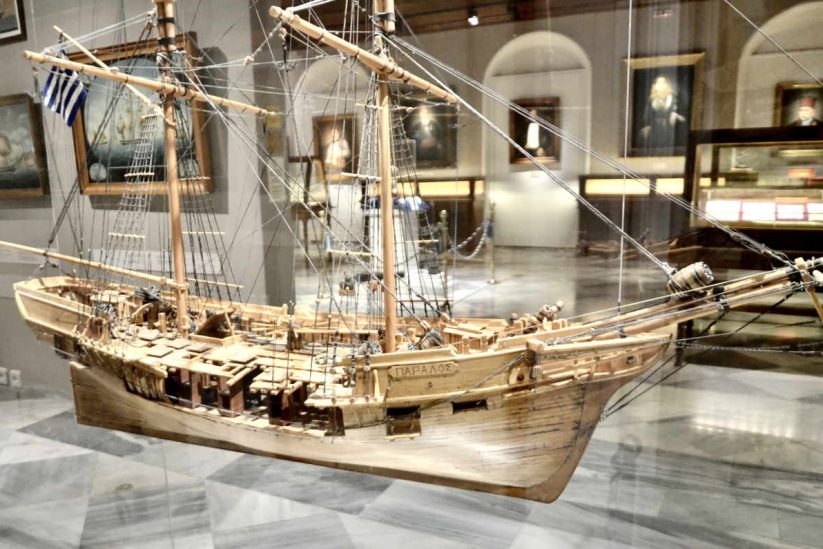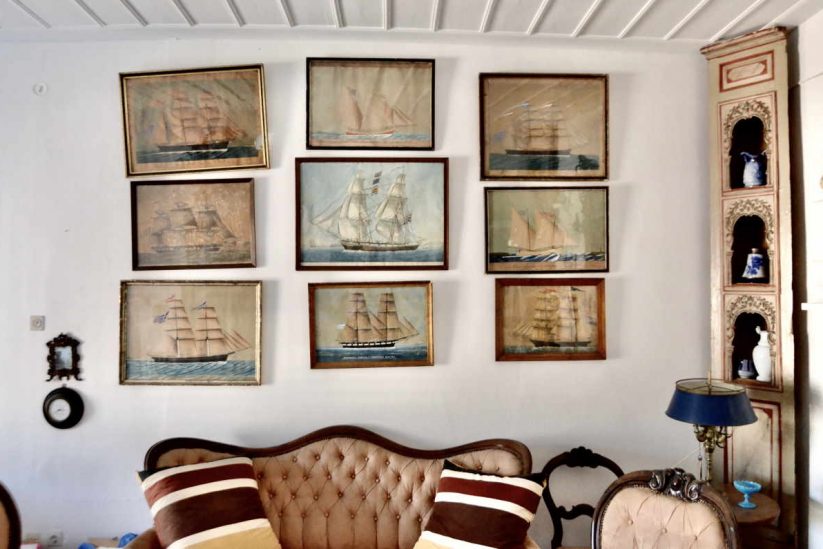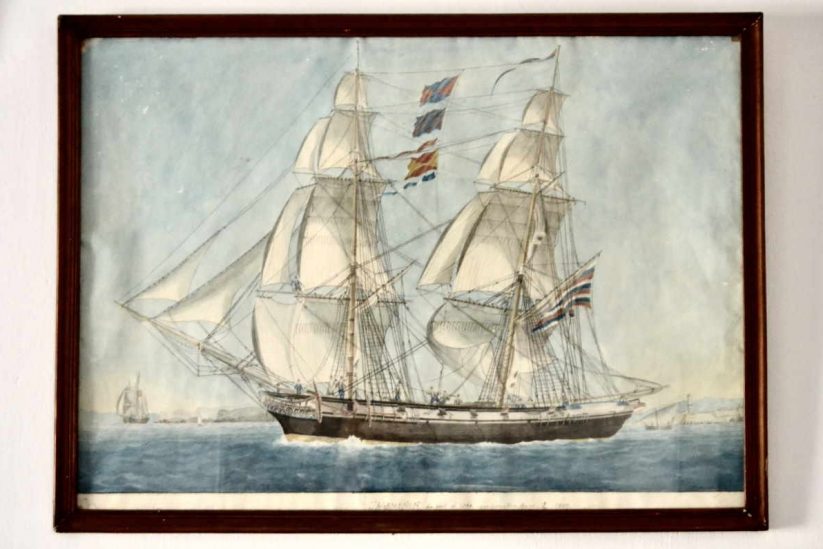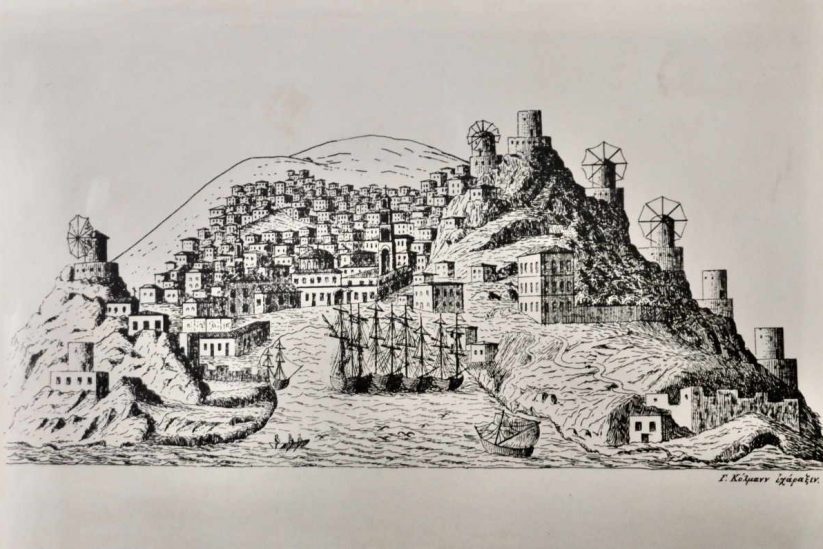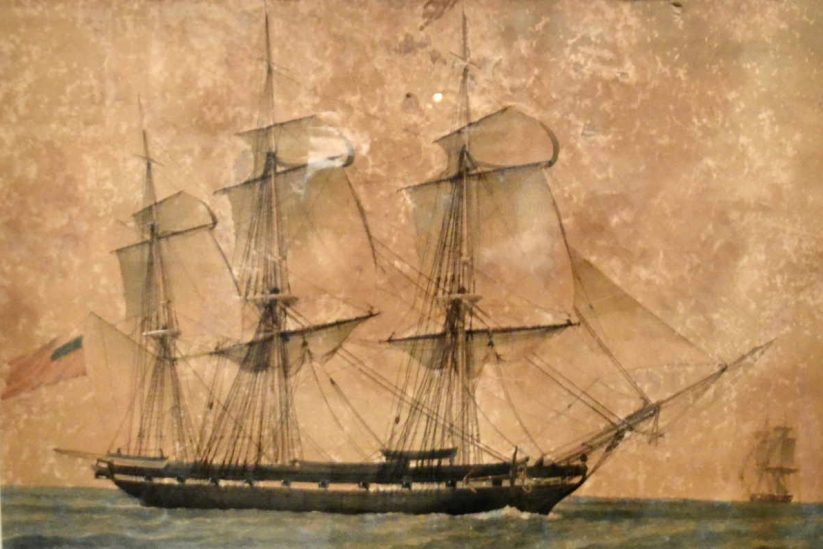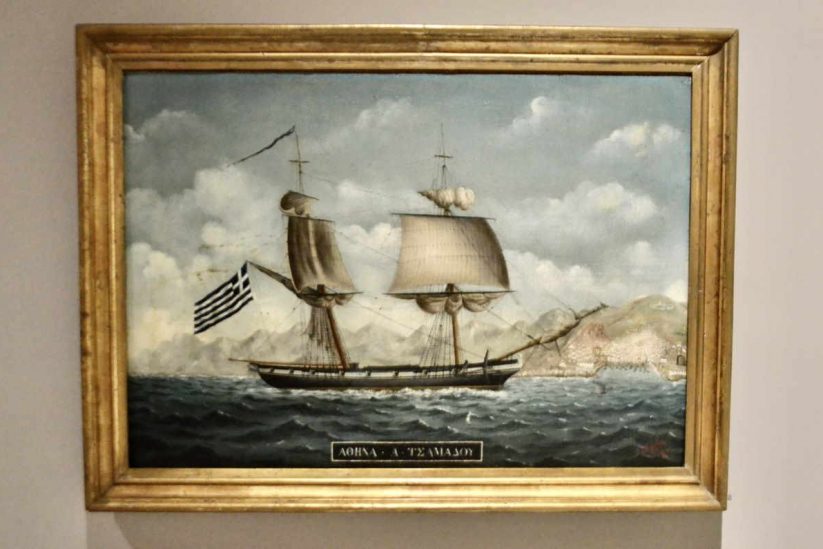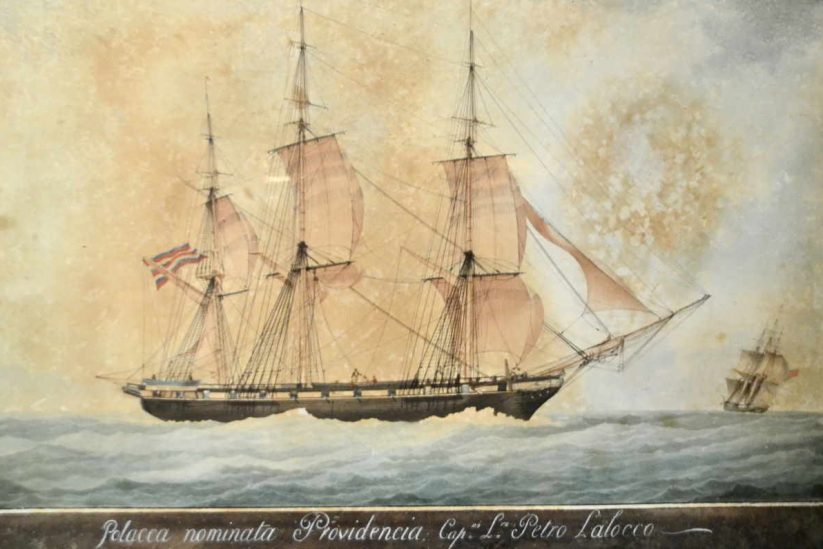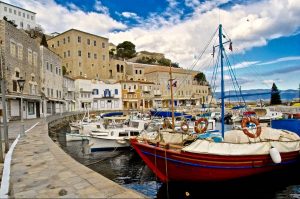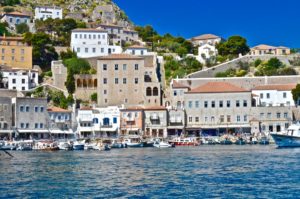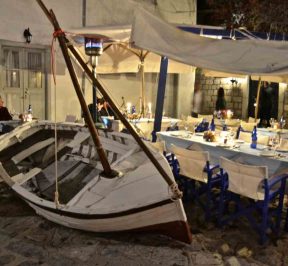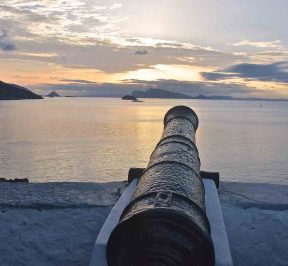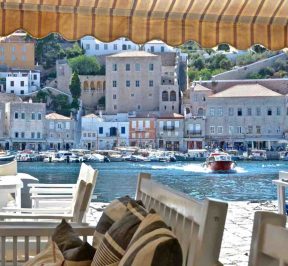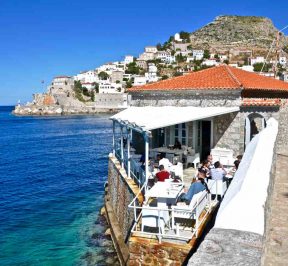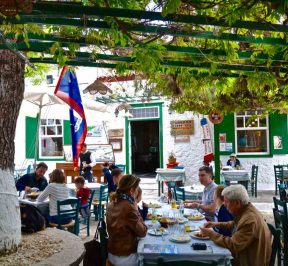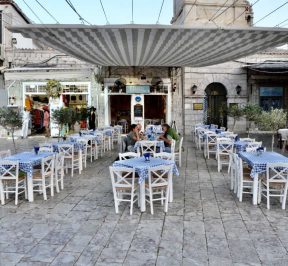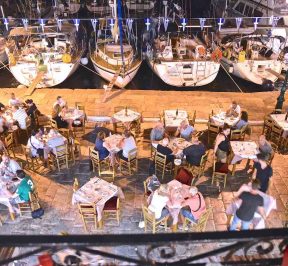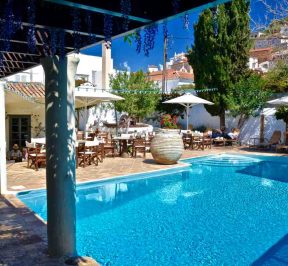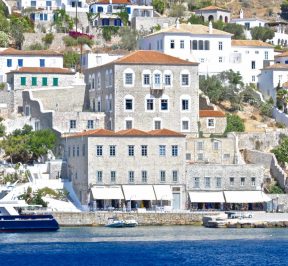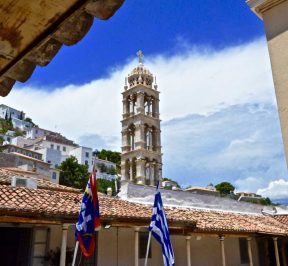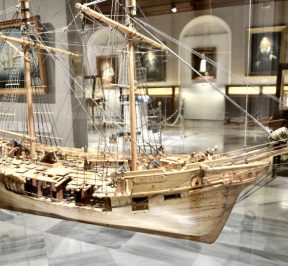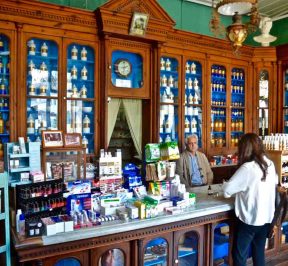Shipping of Hydra
One of the greatest paradoxes of Greek history is how in the tiny, rocky and barren island of Hydra first inhabited in the 15th century, the persecuted Arvanite fugitives, who had nothing to do with the sea, managed within four centuries to become competent seafarers, to create him first in fleet capacity of Greece and become the protagonists of the Greek revolution, allocating for her their possessions, their ships, even their lives.
The mutation of Hydra took place gradually. Studying the characteristics of their race we should point out first of all that they were a people who were proud, stubborn (on the verge of baldness), simple-minded, hard-nosed, bold and honest (with the so-called in). In Hydra, these people may have found refuge and started living a rural and livestock life, in an isolated place, but they did not forget their war virtues and their characteristic advantages.
In the beginning, the young inhabitants of the island, cultivated cereals and legumes in the minimal land, tamed the wild olives, raised sheep and goats and set up beehives. The increase in their population led them to sea, where they started fishing, built the first small sailboats and began communication with the opposite coast of the Peloponnese.
In the middle of the same century the people of Hydra learn the shipbuilding art from Crete, scam the first three-foot-long treacherous and displacement up to three tons, mast with a sail and travel from Nafplio to the surrounding islands of the Cyclades trading oil, wine, silk, cotton and leather.
The captains they earn their first money and so they make more and more new tricycles that reach 10 tons with two masts and triangular sails.
The beginning of the 18th century marks the end of agricultural and livestock Hydra and most of the ever-increasing population is engaged in seamanship.
Around the middle of the same century, the people of Hydra built even bigger boats, the sakhtouria and Latin with their displacement reaching 100 tons and the sailing included 3 masts with many triangular sails, at the end of the century they built the shipwrecks with huge square sails, ships that extended their voyages to the North African coasts, Sicily, Genoa Livorno as far as outside Gibraltar.
At the end of the century the richest shipowners order in European shipyards many and bruises 300-ton displacement sailboats, with complex sailboats, square and triangular sails and cannons, and these were the ships who fought the Turkish fleet in the revolution of 1821.
Trade flourished at the end of the 18th century and the beginning of the 19th. The Hydraeans then took advantage of the Anglo-French conflict and made huge gains, controlling the maritime trade, breaking the blockade imposed by England on the ports of French territory, during the Napoleonic Wars.
As a result, at this time the island experienced its greatest strength and consequently its economic and spiritual prosperity. The Hydraeans gradually became masters of the sea lanes of the Mediterranean and Hydra became the first naval power among the Greek islands.
The high level of development of the shipping and commercial activity is proved by establishment of a naval school with the recall of Italian and Portuguese teachers for the more systematic teaching of nautical art.
In the period of the Greek Revolution o hydraulic fleet He played a decisive role and fought the Ottoman fleet many times, but he also suffered heavy losses.
After the Liberation begins a long period of decline and economic recession for the island. There are two main reasons. The hydraulic shipping of the sailboats did not adapt to the times of its shipping steamship. At the same time, a great basis was given to the involvement of Hydra in policyAs a result, for about a century, Hydra, despite its small size and intensifying economic decline, gave the political life of the country a President of the Republic, five prime ministers, but lost its naval power.
The 20th century finds Hydra despite its temporary economic recovery thanks to the sponge trade - it lasted until the middle of the 20th century - in complete population weakening, driven to the brink of economic decline and only at the end of the same century began to recover and, thanks to the mild and strict conditions of environmental protection, to develop into a sought after tourist destination, the focus of which is the settlement of the island, the material imprint of the wealth and culture of the past glorious sea superpower.
Contact
- AddressHydra 18040
- CategorySightseeing
- LeaseHydra

